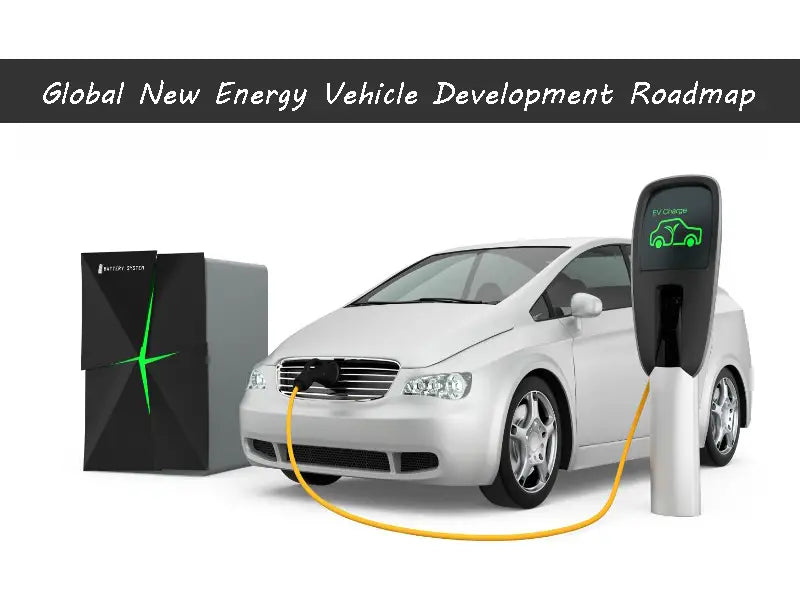
Main content:
- United States: Develop new energy vehicles at full speed
- Japan accelerates the development of "next-generation vehicles"
- EU: Harmonize car taxation
- Germany: There will be more than 1 million new energy vehicles in 2020
- France: a package plan for the development of new energy vehicles
- UK: Launch the "Green Revitalization Plan" for new energy vehicles
The financial crisis and global warming have changed the traditional auto industry. The United States, Japan, Germany, France and other major automobile manufacturing countries have begun to outline the map of new energy vehicles. The development and promotion of new energy vehicles is a major strategic issue related to the development of the world auto industry and changing the pattern of the world auto industry.
1. United States: Develop new energy vehicles at full speed
As of May 2009, the US auto industry, which is still in deep trouble, is striving to make breakthroughs in new energy vehicles while trying to get rid of the crisis of survival. The development of new energy vehicles has not only received explicit support from the US government, but also American car manufacturers and some scientific research institutions are also taking relevant actions, which has accelerated the marketization of new energy vehicles.
US President Barack Obama said in early April 2009 that the federal government would purchase 17,600 energy-saving vehicles, including new energy vehicles, which would be manufactured by the three major US automakers. Although this move does not change the status quo of the decline of the US auto industry, it has obvious symbolic significance and is also a concrete manifestation of Obama's encouragement to develop energy-efficient vehicles. Earlier, Obama announced that the US Department of Energy will set up a $2 billion government-funded project to support the research and development of battery packs and their components for a new generation of electric vehicles. To this end, the National Laboratory under the US Department of Energy and the Battery Manufacturing Alliance have set up a research and development and manufacturing center in Kentucky, with the goal of providing high-performance lithium battery packs for plug-in hybrid vehicles. Obama made it clear that by 2015 the United States will have 1 million plug-in hybrid vehicles on the road. To encourage spending, owners of plug-in hybrids can enjoy a $7,500 tax credit. At the same time, the government has also invested 400 million US dollars to support the construction of infrastructure such as charging stations. Promoting the development of new energy vehicles is an integral part of the Obama administration's new energy policy. Obama hopes to free the United States from excessive dependence on overseas oil through the development and utilization of new energy sources.
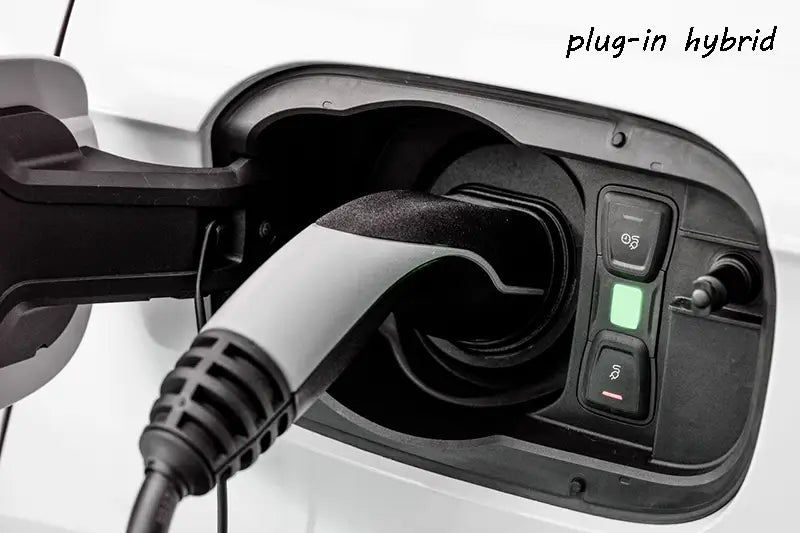
In order to revive the slumped US auto industry, the US government has launched active actions. The key words here are plug-in hybrids and "smart grids". The specific content of the action is to realize the high performance of the transmission grid, and to embed the charging device of the hybrid electric vehicle or plug-in hybrid electric vehicle that can be charged in the smart grid connected to the home. The aim is to make the development of "next-generation hybrid vehicles", that is, plug-in hybrid vehicles, go hand in hand with the construction of smart grids, reversing the previous backward development of electric vehicles in one fell swoop. The U.S. government believes that it can continue to lead the auto industry in the future if it can restore its disadvantage in electric vehicles, the core of the new generation of vehicles. It can be seen that the development of new energy vehicles has become a new consensus in the American auto industry.
In addition, the California Air Resources Board announced on June 26, 2009 that it would implement a regulation requiring new cars sold in California since 2012 to have glass windows that reflect or absorb the thermal radiation generated by sunlight, which It will help keep cars cool, improve their fuel efficiency and reduce greenhouse gas emissions. Cooling cars means using very little air conditioning, improving fuel efficiency and preventing about 700,000 tons of CO2 from entering the atmosphere by 2020, an amount equivalent to the emissions of 140,000 cars in a year. The plan, called AB32, is included in the California Climate Change Act, and the original proposed measures to cool cars were based on reflective paint. There are two types of solar controlled glass technology: ① Infrared reflective glass requires windows to be laminated. It contains a reflective coating between glass sheets, or a coating film is placed between two sheets of glass. This type works best to limit the total energy of solar energy entering the car higher than IR reflective glass.
2. Japan accelerates the development of "next-generation vehicles
(1) The medium- and long-term goal of popularizing "next-generation vehicles". In order to promote the popularization of environmentally friendly vehicles, Japan has implemented the "green tax system" since April 1, 2009. Its applicable objects include pure electric vehicles, hybrid vehicles, clean diesel vehicles, natural gas vehicles and certified low-emission and fuel-consumption vehicles. low volume vehicles. The first three types of vehicles are defined by the Japanese government as "next-generation vehicles", and the purchase of such vehicles can enjoy various tax exemptions.
Japan's Ministry of the Environment in early June 2009 set a medium- and long-term goal of popularizing "next-generation vehicles", and strives to account for about half of Japan's total vehicles by 2050. In order to achieve the long-term goal of halving greenhouse gas emissions by 2050, the Ministry of the Environment has set a target for the popularization of "next-generation vehicles" at various stages, taking into account factors such as Japan's future population reduction and fuel efficiency improvement. These targets are: 13.5 million “next-generation cars” by 2020, 26.3 million by 2030, and 34.4 million by 2050, when 34.4 million will be equivalent to 54% of the total number of cars in Japan %.
In order to achieve this goal, at least 17 pure electric vehicles and 38 hybrid electric vehicles need to be developed by 2020. The Japanese government will actively support the research and development of "next-generation vehicles", and administrative agencies and enterprises at all levels should also actively purchase. "Next Generation Cars".
(2) The world's number one producer of hybrid vehicles. In terms of new energy vehicles, Japan mainly takes the technical route of hybrid vehicles. Japan leads the world in hybrid vehicle technology. Currently, Japan is the world's number one producer of hybrid vehicles, with world-renowned brands such as Honda and Toyota, producing cars that can run on both electricity and gasoline. The United States is the second largest manufacturer in this field. Japan's hybrid electric vehicles, represented by Toyota Prius, have taken the lead in the development and sales of low-pollution vehicles in the world.
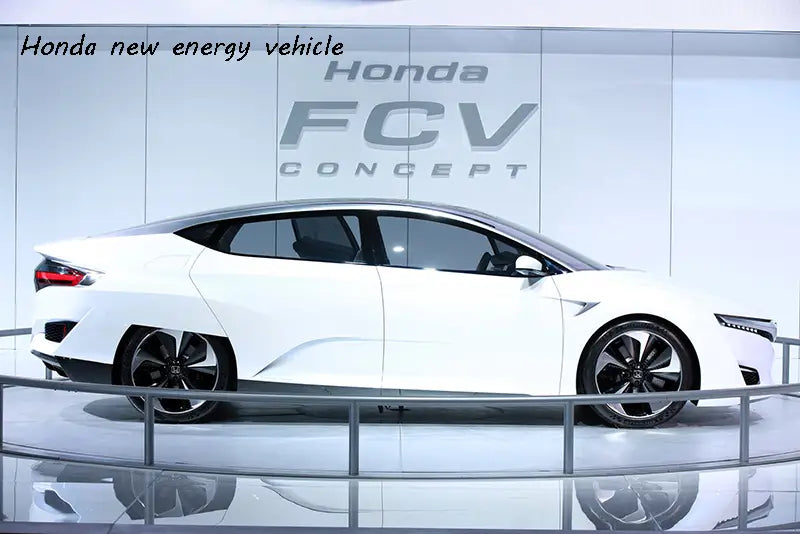
According to the Japan Automobile Research Institute, the number of hybrid vehicles in Japan will reach about 3.6 million by 2020, based on the current popularity of hybrid vehicles. If high-performance lithium batteries are more popularized, the usage may increase to the level of 7.2 million vehicles. If Japan can take the lead in the international standardization and certification of new-generation automotive lithium batteries, relevant companies will surely gain huge benefits. At present, more than half of the hybrid sedans listed in the European and American markets are produced and sold by Japanese automobile companies. Among them, the sales of the Prius account for 72% of its total sales, making it the most successful hybrid car.
In mid-August 2009, the Japan Automobile Research Institute announced that Japan would take the lead in popularizing lithium-ion batteries in hybrid vehicles, a move that would add to Japan's hybrid vehicle technology, which is already ahead of other countries in the world. Compared with the current mainstream nickel-metal hydride battery, the volume and weight of lithium batteries are reduced by about half, which is of great significance for improving the fuel efficiency of hybrid vehicles, and has become the first choice for the next generation of hybrid vehicles. At present, around the production of lithium batteries, car manufacturers, motor and electrical companies all over the world are developing and developing them one after another, and the competition is becoming increasingly fierce. Japan's Hitachi Manufacturing Co., Ltd. announced that it will invest 20 billion to 30 billion yen to increase the current production capacity of lithium batteries for hybrid vehicles by about 70 times by 2015. Global auto manufacturing consulting firm CSM predicts that by the end of 2011, the total output of electric vehicles in Japan and South Korea will reach 1.1 million units, and that in North America will reach 267,000 units. At the same time, Japan is also rapidly developing fuel cell vehicle technology, and Toyota and Honda have become important companies in the world fuel cell vehicle market today.
Japan also implements a low-emission vehicle certification system. High-, mid-range and economical cars can all apply to the Ministry of Land, Infrastructure, Transport and Tourism for acceptance of low-emission vehicle certification. Consumers can enjoy different tax reductions according to the emission levels of the vehicles they purchase, and local public organizations that purchase low-pollution vehicles such as natural gas or hybrid vehicles can also receive government subsidies.
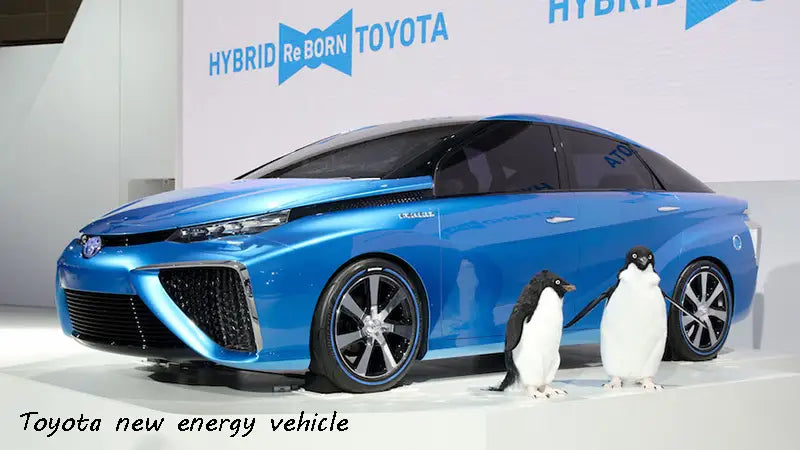
With the active support of the Japanese government, major Japanese auto manufacturers have also put forward their own new energy vehicle strategies without exception. Toyota announced that in the next few years, it will increase the number of hybrid vehicle models to 10; Nissan will also mass-produce pure electric vehicles in 2012 and put them on the Japanese and European markets; Mitsubishi Motors and Fuji Heavy Industries also plan to achieve this by 2010. Commercialization of pure electric vehicles. On June 15, 2009, Mitsubishi Motors stated at the electric vehicle "i-MiEV" conference that it will position the future electric vehicle business as the ultimate eco-friendly vehicle, and hope that the electric vehicle will be the main model in the future. The sales target for i-MiEV in 2009 is 1,400 units. The company plans to launch EVs for both personal and commercial use after the i-MiEV. In addition, the former Mitsubishi Motors is also developing plug-in hybrid vehicles with a longer driving distance than EVs. It is planned that by 2020, 20% of the total number of vehicles per year will be EV/PHV. Toyota plans to increase its global production of gasoline-electric hybrid sedans to 1 million vehicles in 2011, double the output in 2009, as the company tries to maintain its dominance in the growing market for low-emission vehicles. The automaker plans to add about 10 new hybrid models to its current lineup over the next few years and increase the number of hybrid-model assembly plants. Toyota's global production of hybrid vehicles in 2009 may reach 500,000 units, accounting for about 8% of its total production. Toyota has expanded its hybrid production bases in countries outside Japan, including China, the U.S., Thailand and Oceania, where the company typically receives some form of government support to produce fuel-efficient vehicles locally .
3. EU: Harmonize car taxation
In 2008, the number of countries implementing CO2-related vehicle taxes in the EU increased to 15. According to the 2008 Tax Guidelines issued by the European Automobile Manufacturers Association, with the introduction of CO2-related taxes in Germany in May 2009, a situation in which all Western European countries will impose CO2-related vehicle taxes on passenger cars will be formed: fully or partially based on the vehicle. CO2 emissions and/or fuel consumption. According to the association's statistics, in 2008 the EU-15 car tax has reached 501 billion US dollars, accounting for 4.1% of its GDP.
The European auto industry is pressing for the EU government to take more steps to harmonize the car tax system. The automotive industry has recommended a linear tax system in which the level of taxation is directly proportional to the vehicle's CO2 emissions, as is the tax per gram of CO2.
4. Germany: There will be more than 1 million new energy vehicles in 2020
Germany's environment minister said that in 2020, the number of hybrid vehicles in Germany is planned to be 1 million, and by 2030, the number will reach 10 million.
On November 28, 2008, the German government released a plan for the development of pure electric vehicles and plug-in hybrid electric vehicles in the next 10 years. The goal is to have 1 million pure electric vehicles and plug-in hybrid electric vehicles on the road by 2020. According to ACEA statistics, the total number of cars in Germany is 46.1 million.
The German government said that by 2020, renewable energy will account for 47% of all energy consumption, so there will be more than 1 million new energy vehicles in Germany in 2020 to help Germany achieve this goal. In early 2009, a large part of the 50 billion euro economic stimulus plan passed by the German government was used for electric vehicle research and development, "car charging station" network construction and renewable energy development.
On August 10, 2009, the German Ministry of Economic Affairs, the Ministry of Environmental Protection, and the Ministry of Transportation reached an agreement on the "National Development Plan for Electric Vehicles", which aims to have at least 1 million electric vehicles by 2020. To this end, the federal government plans to invest A promotion fund of about 500 million euros per person, and a subsidy of 5,000 euros per vehicle for the first 100,000 car buyers. Due to technical and economic reasons, the price of electric vehicles is generally high, and the introduction of car purchase subsidies will strongly stimulate the development of the industry.
The German government announced on August 19, 2009, that by 2020 there will be 1 million electric vehicles on the road, and BMW and Volkswagen are already actively preparing for this. It is said that by 2030, there will be more than 5 million electric vehicles. By 2050, urban transport will be largely free of fossil fuels. Volkswagen will launch its first all-electric vehicles in 2013.
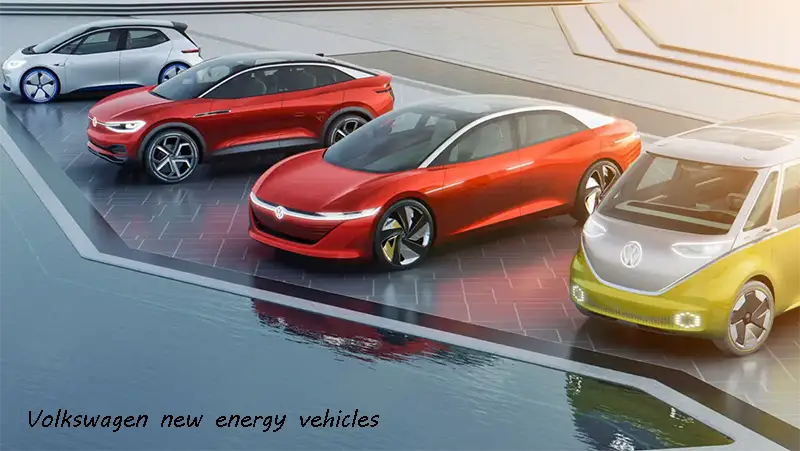
5. France: a package plan for the development of new energy vehicles
In the mid-1990s, France began to promote electric and natural gas vehicles. In 1999, the government required that the proportion of electric vehicles and natural gas vehicles in all municipal departments must account for more than 20% of the total number of vehicles owned by municipal departments, so as to drive the whole society to choose environmentally friendly vehicles.
In the past two years, pure electric vehicles and hybrid vehicles have had unique advantages in the French market, as the "leader" among environmentally friendly vehicles, which is inseparable from the government's "new car replacement money". The French government stipulates that since January 1, 2008, the government will give car owners corresponding cash "rewards and penalties" according to the CO2 emissions of the new cars purchased to encourage the purchase of low-emission environmentally friendly models. According to regulations, when purchasing a new car with an exhaust CO2 emission of 100~130g, the owner can get an environmental protection reward ranging from 200~1 000 euros in cash. For the purchase of ultra-low energy consumption, low emission new energy vehicles such as electric vehicles, the reward amount is as high as 5,000 euros. On the contrary, if the CO2 emission of the exhaust gas is above 160g, the environmental protection tax will be levied on the owner in an incremental manner, ranging from 200 to 2,600 euros. In addition, the French government also encourages the scrapping of old cars with high energy consumption, and gives a certain amount of cash incentives. Under the guidance of these policies such as subsidies and taxation, many automakers and consumers have turned their attention to more environmentally friendly small-displacement vehicles and new energy vehicles. In 2008, cars with CO2 emissions below 140g/km accounted for 63% of the French new car sales market.
The French government has formulated a package for the development of new energy vehicles. President Sarkozy announced at the 2008 Paris International Auto Show that the French government will invest 400 million euros in research and development of clean energy vehicles; the government also plans to take a series of measures to encourage the auto industry to gradually develop in the direction of energy conservation and environmental protection. In addition to investing large sums of money in research and development, France is also preparing to take supporting measures to ensure the smooth operation of environmentally friendly vehicles such as electric vehicles, such as greatly increasing the number of charging stations in workplaces, supermarkets and residential areas, so that charging is as convenient as refueling.

Driven by the government's preferential policies, car manufacturers are also following the news. The Renault-Nissan alliance is expected to put the first batch of electric vehicles on the market in 2010~2011, and start mass production in 2012; Peugeot-Citroen and Japan Mitsubishi Motors Co., Ltd. is preparing to launch environmentally friendly electric vehicles in early 2011; French battery manufacturer Bollore Group and its partner Italian company Pininfarina also plan to jointly test the electric vehicle market from 2010.
6. UK: Launch the "Green Revitalization Plan" for new energy vehicles
British Prime Minister Brown announced in mid-April 2009 that he would start a mass production of electric vehicles and hybrid fuel vehicles to implement the "green revitalization plan" to deal with the economic recession. The scheme will first be piloted in two or three UK cities. The scheme has the potential to create 400,000 jobs in the UK over the next five years. In order to recover the UK economy from recession as soon as possible on a "low carbon economy model", the government will increase revenue from environmentally friendly products and services by 50% over the next few years to £1.5 billion.
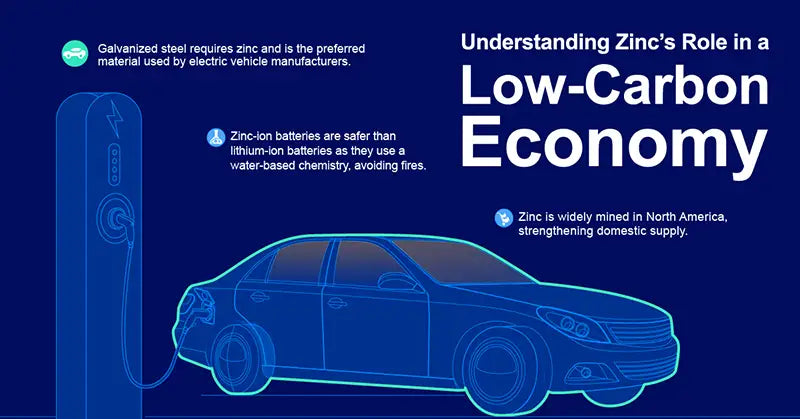
At the end of June 2009, the British Association of Automobile Manufacturers and Sellers formed the Electric Vehicle Alliance, which consists of car manufacturers and parts suppliers. In order to seek cooperation with governments, stakeholders and industries at home and abroad, the alliance will promote extensive cooperation within the industry for the development of low-carbon vehicles such as electric vehicles, including: policy legislation, research and development, technical regulation, marketization, Infrastructure and consumer incentives, etc. The UK has a strong emerging electric vehicle industry, and the development of low-carbon vehicles provides a major opportunity for the UK auto industry.
Read more: The development trend of new energy vehicles















